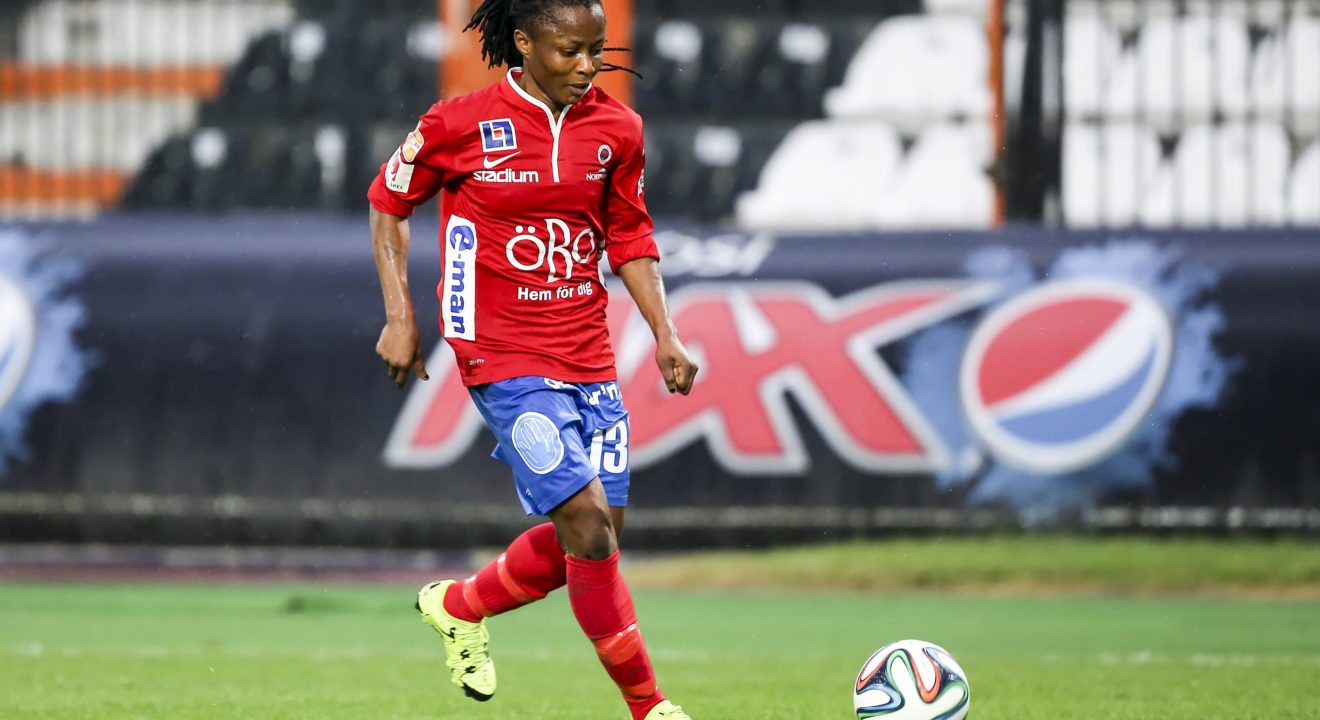Entertainment November 21, 2016


Women know, “Anything you can do, I can do better.” But despite the fact that women are capable and talented, most people aren’t willing to bet their money on female athletes.
Title IX was the progressive piece of legislation that gave women hope that their athletic dreams were just as valid as men. Under this law, women were not allowed to be discriminated against. However, although laws are quick to be implemented, society isn’t as swift in catching up. Many women still facing discrimination in the sports industry.
Here are just five things female athletes have to deal with.
According to statistics from the National Collegiate Athletic Association in 2014, “Male athletes still receive 55 percent of NCAA college athletic scholarships.” This leaves only 45 percent of funding for women. Additionally, although women comprise roughly 57 percent of the college population, they only receive “43 percent of participation opportunities at NCAA schools, 63,241 fewer than their male counterparts.”
READ MORE: Ka-Ching! Women’s Wages Up … But Don’t Get Too Excited
In the 2015 season, the average WNBA player’s minimum salary was $38,913, and her maximum salary was $109,500. For an NBA player in the 2015-16 season, the minimum salary is $525,093 while the maximum salary is $16.4 million. After winning the 2015 World Cup, the U.S. Women’s soccer team took home only $2 million, $33 million less than what Germany’s all-male team took home in 2014.
In a research article published in the Inquiries Journal, Emily Liang says, “Unlike male athletes, female athletes do not have the luxury of being primarily promoted as a sports athlete.” For this reason, female athletes have been pressure to openly “embrace the media’s sexualization to emphasize their femininity and gain publicity and money.”
Thus, her strength and athletic achievement takes the back burner. Tennis player Anna Kournikova is an example of how female athletes can make millions more from endorsements that highlight sex appeal than they do while playing.
READ MORE: Women in Music Videos: Self-Objectifying or Objectively Empowering?
Women’s sports are given significantly less media coverage than male sports. A longitudinal study from 1989-2014 done by USC researchers Michael Messner and Michael Musto, found that “women athletes are actually covered less in media than they were in 1989.” What’s more, a measly 3.2 percent of TV coverage was given to women’s sports in 2014.
In the summer of 2014, the Boston Breakers, a team in the National Women’s soccer league were playing their home game to approximately 2,714 people … in a 30,323 seated stadium. Women’s sports, especially all-female leagues of basketball and soccer, aren’t as popular, so they have a dearth of attendance. As a result, this determines the salary of female athletes, contributing to the stark pay gap between women and men.
READ MORE: Women Sports Reporters Face Sexism in #MoreThanMean Tweets
While female athletes work just as hard as men, their work just isn’t taken as seriously or rewarded the same way. Unfortunately, society needs to shift before people realize the hard work and talent of women in sports.